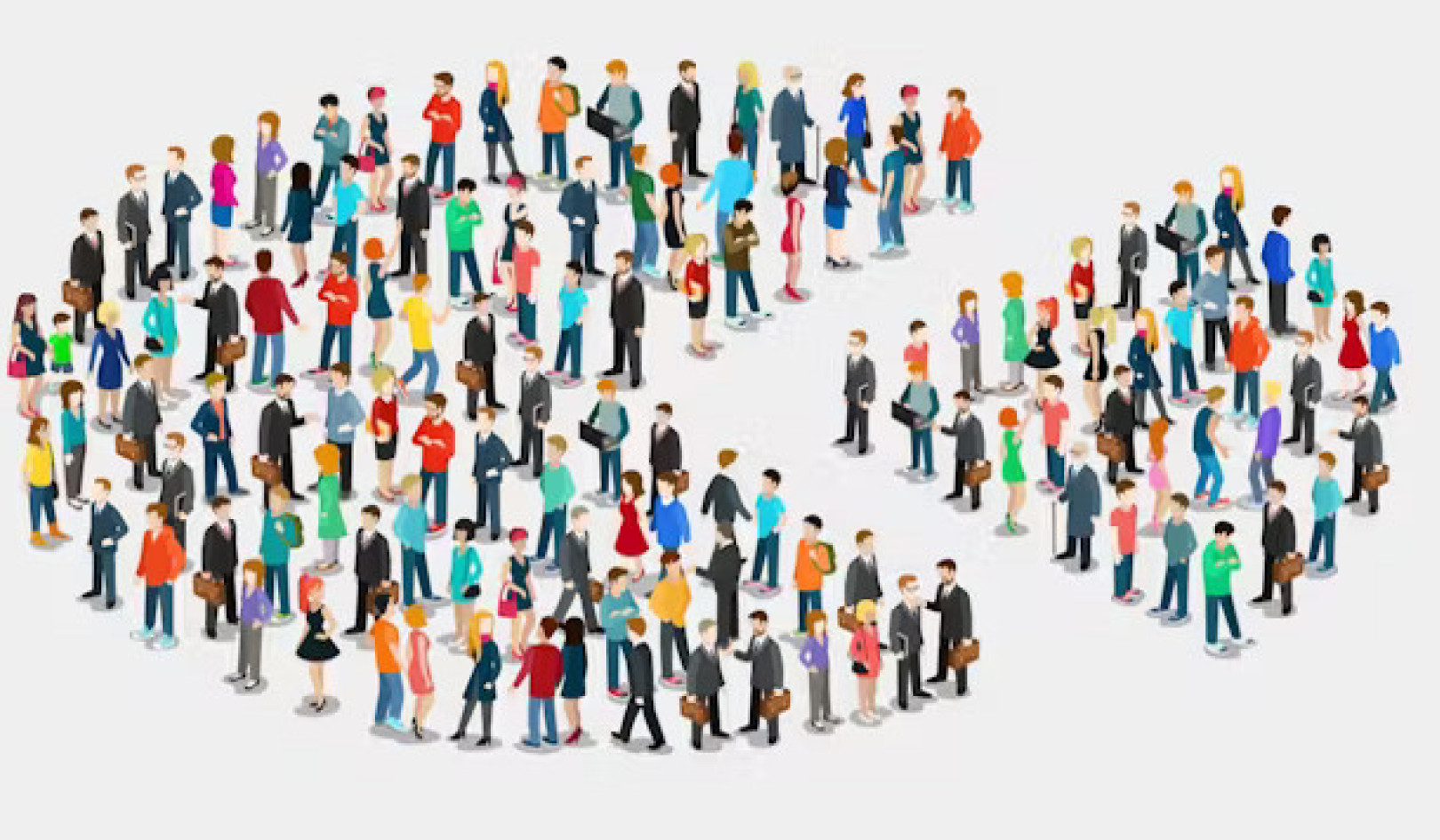
People who work outdoors are at particular risk during heat waves. ChameleonsEye/Shutterstock
When the mercury rises, does your anxiety rise with it? If so, you are not alone. According to the UK’s Office for National Statistics, three-quarters of British people are worried about climate change and 43% claim to experience anxiety about the state of the planet: a number that rises around major climate summits and extreme weather events.
There have been plenty of these in recent years. 2022 brought a record-breaking summer heatwave in Europe, but this year the European furnace has stoked up early. It only took until April for Spain’s national weather agency to announce that large parts of the country faced an “extreme risk” of wildfires due to a combination of 40? temperatures and persistent drought.
Tumbling temperature records have almost ceased to surprise. Extremes have become the norm, the outer reaches of the climate familiar. Only 18 months ago, 2021 was declared Europe’s hottest ever summer, a feat surpassed by the surreal swelter of July 2022 when Europeans watched in horrified awe as temperatures surpassed 40?C in London and 47?C in Portugal.
Weather is regarded as the great leveller in British conversation – something everyone has an equal stake in. This may change as the hard edges of a less benevolent climate become apparent, replaced by a recognition that the dangers of the climate are less about the weather than your capacity to avoid it.
An unequal climate
Global heating has increased the likelihood of temperature extremes, but your exposure to them is not solely determined by the climate.
The UK saw only 800 excess deaths associated with heat compared with over 60,500 associated with cold between 2000 and 2019. But there were 3,271 excess deaths due to heat in the three months from June to August 2022 alone, with most occurring in care homes.
Social factors make some people more vulnerable than others to heat exposure, though these are difficult to tease out of the data. To fully understand who is at risk from heatwaves in the UK it helps to look at who is at risk from cold, which is the much bigger killer. In a nutshell, those without the resources to limit their exposure.
For those without central heating, for example, the experience of winter is visceral. Going from a warm house to a warm car to a warm office and back means that the better off only experience cold at a distance. At most, it is a chill on the skin and numb fingers on a walk back from the shops. Though the temperature outside may be the same, it is overwhelmingly people who struggle to afford central heating who suffer the increased risk of heart attacks and strokes, respiratory illnesses and poor mental health. Such people are also likely to have a poor diet, as a result of having to choose between heating or eating.
In countries where higher temperatures have historically made the risk of heat stress greater, these same relationships are apparent during heatwaves. Heat deaths worldwide soared by 74% between 1990 and 2016. The health effects of prolonged heat exposure range from heatstroke to less visible and chronic diseases, especially when high temperatures meet high humidity and even more so when combined with manual work outdoors.
As research is beginning to show, this risk is unevenly spread: people living in poorer neighbourhoods face a higher risk of heat stress (when the body struggles to regulate its internal temperature) than those living in richer ones, relatively disadvantaged people are more likely to acquire health problems from excess heat than those who are not. This is due to several intersecting factors, from poorer overall health and hotter working conditions – often involving more physical labour outdoors – to fewer trees and parks in less wealthy areas and fewer homes with air conditioning and good insulation.
Taken together, these factors make heat stress a matter of inequality.
Heat deaths are avoidable
With annual heat deaths predicted to quadruple by the 2080s to over 12,000 a year without significant cuts to emissions, this could be Britain’s future. Even with immediate and drastic reductions in greenhouse gas emissions, a certain degree of further warming is guaranteed. A hotter and less predictable climate is inevitable, yet illness and death related to heat can still be prevented from rising on its current trajectory.
Things as simple as a fan or a break from work can prevent heat deaths. But being able to access even these basic measures is unequally distributed, placing the worst-off workers at the highest risk of heat-related illness.
Labour statutes must be rewritten to combat heat stress, including maximum working temperatures and longer breaks on the very hot days that are an increasingly common feature of the UK’s climate. Cities must be redesigned for a warmer world too, with more trees, green roofs and vegetation to offset the concrete sprawl that ensures cities are often several degrees warmer than the surrounding countryside.
The growing health risk of heat under climate change is a social problem that no technical intervention can entirely resolve. Policy action at every level of political and social life is necessary, including wages, housing, healthcare and adult social care. Since heat deaths are an expression of economic inequality, no form of climate adaptation is likely to be more effective than making poor people less poor.![]()
About The Author
Laurie Parsons, Senior Lecturer in Human Geography, Royal Holloway University of London
This article is republished from The Conversation under a Creative Commons license. Read the original article.
Books on Inequality from Amazon's Best Sellers list
"Caste: The Origins of Our Discontents"
by Isabel Wilkerson
In this book, Isabel Wilkerson examines the history of caste systems in societies around the world, including in the United States. The book explores the impact of caste on individuals and society, and offers a framework for understanding and addressing inequality.
Click for more info or to order
"The Color of Law: A Forgotten History of How Our Government Segregated America"
by Richard Rothstein
In this book, Richard Rothstein explores the history of government policies that created and reinforced racial segregation in the United States. The book examines the impact of these policies on individuals and communities, and offers a call to action for addressing ongoing inequality.
Click for more info or to order
"The Sum of Us: What Racism Costs Everyone and How We Can Prosper Together"
by Heather McGhee
In this book, Heather McGhee explores the economic and social costs of racism, and offers a vision for a more equitable and prosperous society. The book includes stories of individuals and communities who have challenged inequality, as well as practical solutions for creating a more inclusive society.
Click for more info or to order
"The Deficit Myth: Modern Monetary Theory and the Birth of the People's Economy"
by Stephanie Kelton
In this book, Stephanie Kelton challenges conventional ideas about government spending and the national deficit, and offers a new framework for understanding economic policy. The book includes practical solutions for addressing inequality and creating a more equitable economy.
Click for more info or to order
"The New Jim Crow: Mass Incarceration in the Age of Colorblindness"
by Michelle Alexander
In this book, Michelle Alexander explores the ways in which the criminal justice system perpetuates racial inequality and discrimination, particularly against Black Americans. The book includes a historical analysis of the system and its impact, as well as a call to action for reform.























